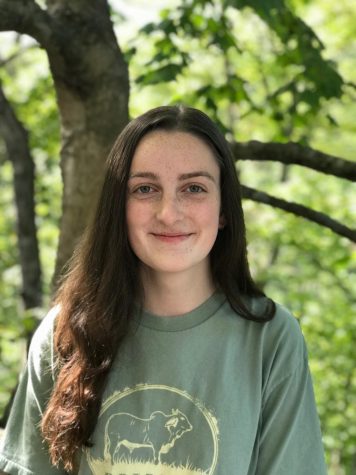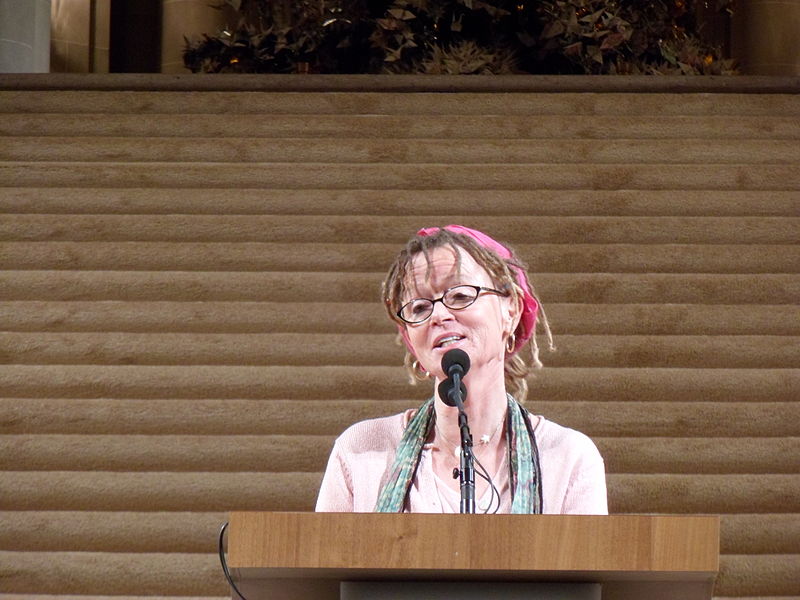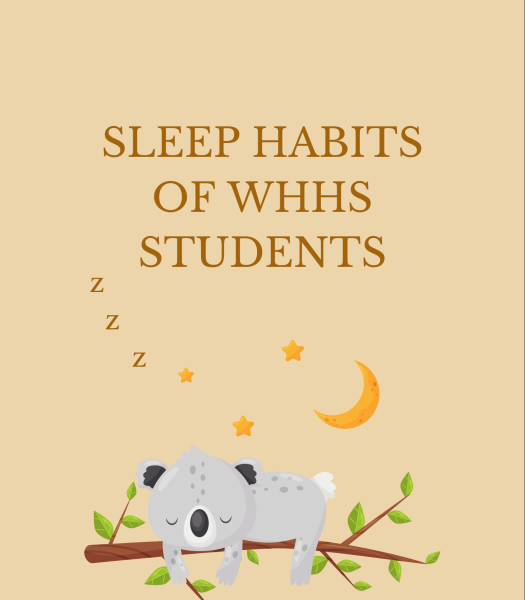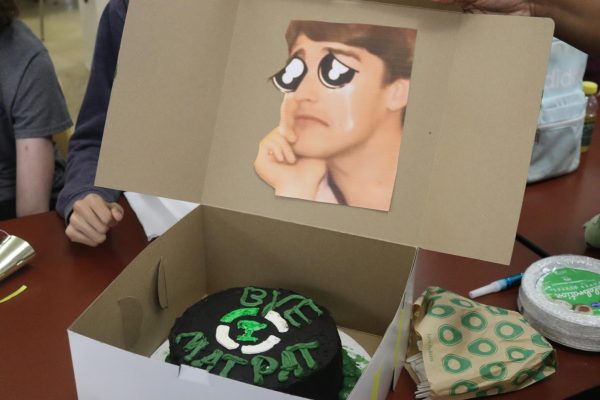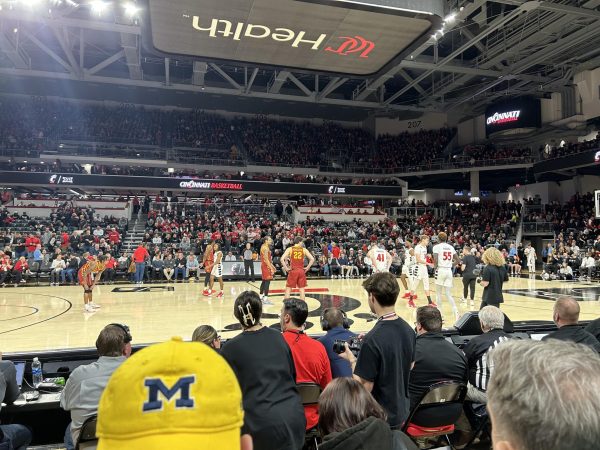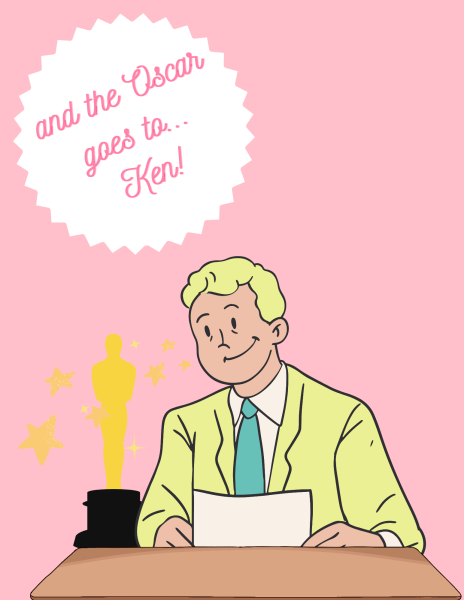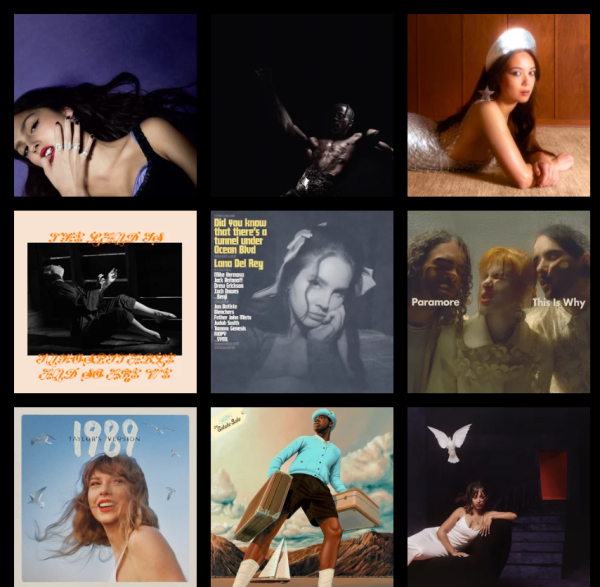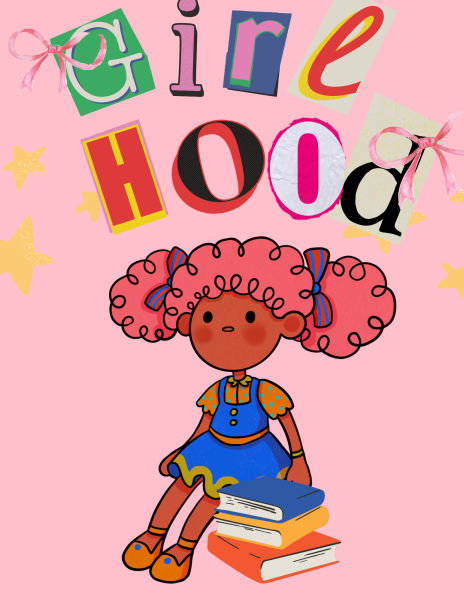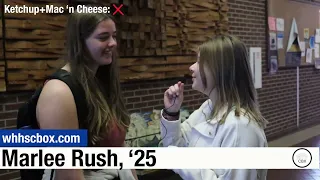Author Anne Lamott shares her philosophy at WHHS book talk
Courtesy Zboralski / Wikimedia Commons
Lamott is the first speaker who has come to WHHS as part of the schools partnership with Joseph Beth, which brought speakers including Bernie Sanders and John Green last year.
The auditorium was packed on Oct. 24 for a presentation by author Anne Lamott. Crowds clutching green-covered books spilled into additional seating in the balcony. The lights dimmed, and an excited buzz became a roar of applause as Lamott walked up to the pedestal.
The majority of WHHS students wouldn’t recognize the name Anne Lamott. Lamott was first published in 1979, and has since acquired a mostly adult fan base. She is known for her self-aware humor, faith, political activism and honest accounts of her struggles.
Joseph Beth Booksellers brought Lamott to WHHS to speak about her book Almost Everything: Notes on Hope, which came out on Oct. 16.
Just a few hours before the event, Lamott had been informed that her book had made the New York Times Bestseller List, becoming her fifteenth best-seller. Almost Everything is a collection of Lamott’s philosophies, almost everything that she knows and wants to pass on to her readers.
Though there may not have been many young people in the audience, Lamott’s observations on hope apply to high school students just as much as her older readers; maybe even moreso.
While on tour last year, Lamott noticed a lack of optimism, especially politically, among her generally liberal fans.
“People were really sad and angry and just nuts,” Lamott said. “People felt like hell. Cold and scared and isolated. Doomed.”
“Doomed” was actually the original title of Almost Everything.
High school students face an uncertainty about the future, similar to the political uncertainty that inspired Almost Everything. Right now at WHHS, seventh graders are settling into the next six years of their lives. SENIORS are nervously sending in college applications. For a lot of us, nothing is certain. It can be hard to stay hopeful under so much pressure.
“It’s just hard to be here some days,” Lamott said. But no amount of hardship can block out all the light.
Lamott spoke about her brother, who was diagnosed with hepatitis C. The medication he needed to live would have cost a thousand dollars per pill. It became hard to have hope, but Lamott focused on the mercy, the hope and the financial aid her brother received to pay for the cure.
Lamott urged the audience to find hope in mercy, to focus on the first responders rather than the disaster.
“To say that someone has a merciful heart is the highest thing you could say,” Lamott said.
Based on the enthusiasm of the audience, it is clear that Lamott herself has become a beacon of hope for many of her readers. During a question and answer portion, Lamott was asked for hugs and even given a painting by one fan. Others told about how they had taught Lamott’s ideas to their children, or how her books had helped them overcome great obstacles.
Lamott’s philosophy on hope boils down to the idea of accepting life, loving it even when it isn’t easy.
“All truth is a paradox,” Lamott said. She admitted that life is wilder than she’s comfortable with, but life is also kind. “There is more love energy than you can imagine,” she said.
Lamott said she found hope for the future in the student pro gun control protests, which was met with a round of applause. No matter how dark the night, she said, we have all we need to come through it. Hope is enough.
Your donation will support the student journalists of Walnut Hills High School. Your contribution will allow us to purchase equipment, cover our annual website hosting, printing costs and offset competition and conferences fees for students.



